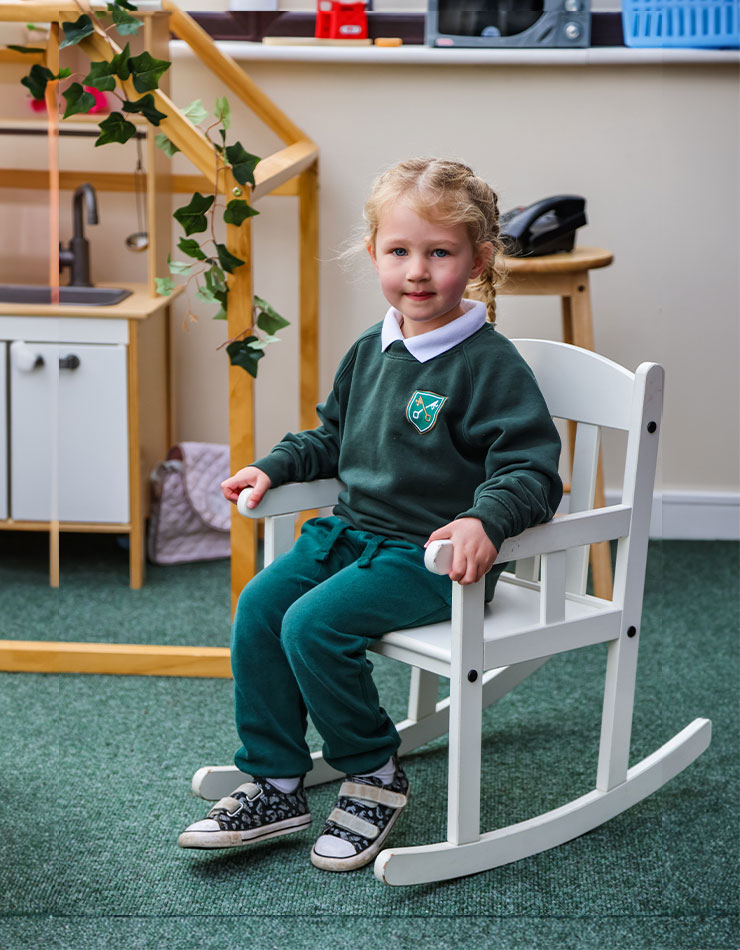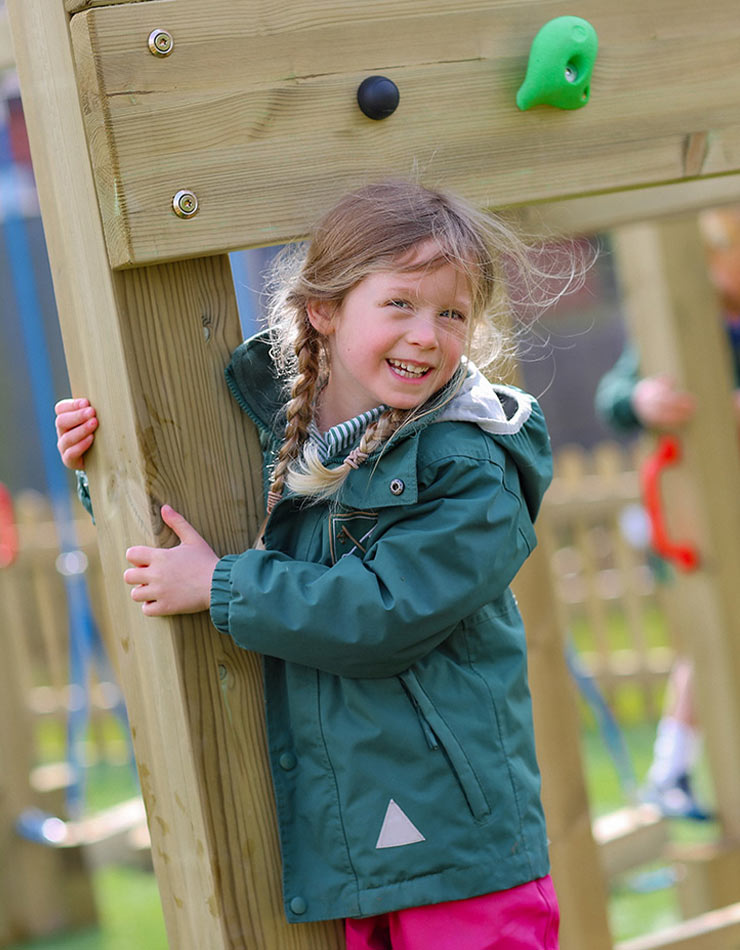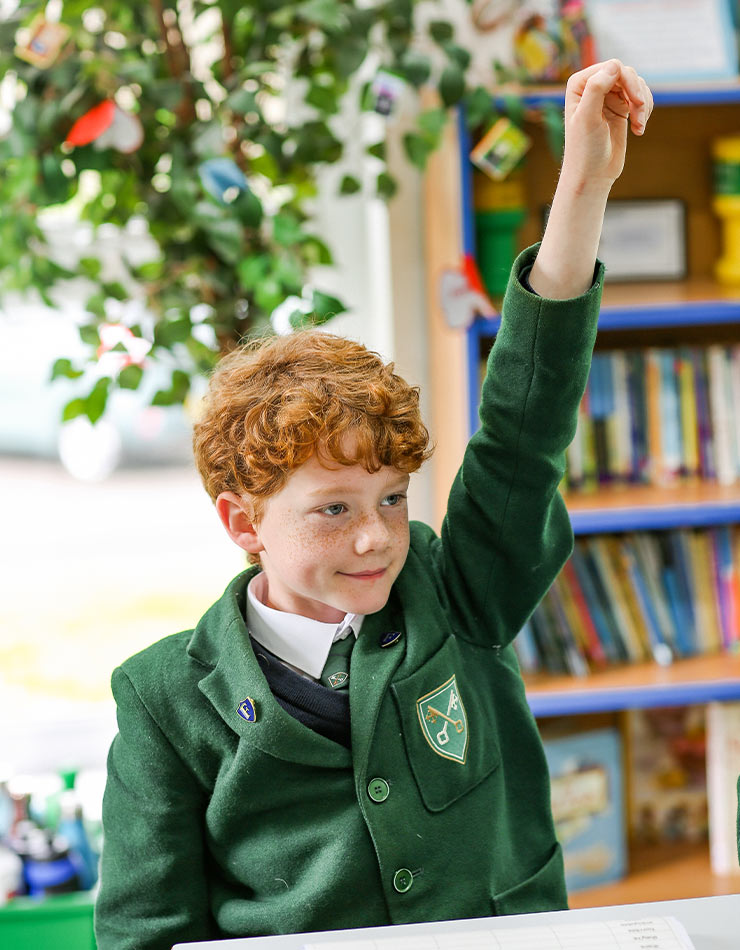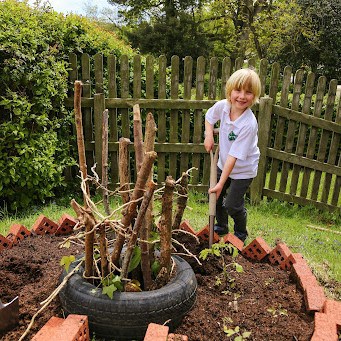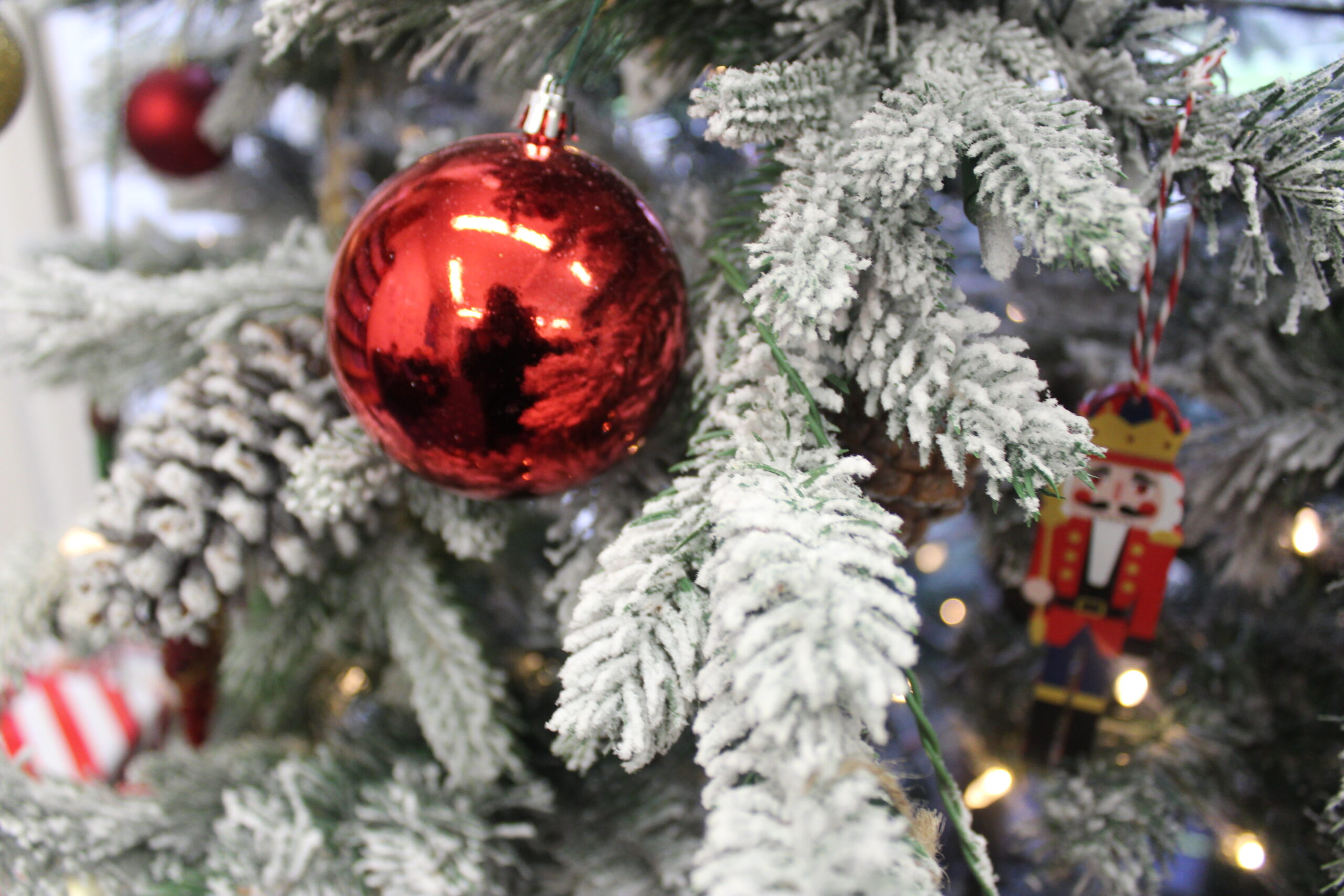Botanical analogies are frequently used in everyday conversation: knowing your ‘roots’, ‘family trees’, or ‘growing’ as a person. The connection that we all have with the natural world can be felt most when working with plants, flowers, hedgerows and all of the little critters that live within them.
Getting your child involved in gardening will not only ignite their curiosity (why do worms wriggle around in the soil and munch on old leaves?), but it will also teach them about the natural world around them and ultimately instil respect for the ground beneath our feet.
An old proverb says ‘from little seeds grow mighty trees’. At our private primary school in Devon, we want to see children blossom into their happiest selves, so we encourage them to join our gardening club, wildwood sessions and outdoor lessons.
Read on to find out how to encourage your child to put on their gardening gloves, wield their trowel and get digging for answers about how and why gardening is so fun!
Watch Them Grow
One of the best ways to get children involved in gardening is by showing them how plants grow! Teaching them how to care for colourful flowers can give them a sense of responsibility and achievement, helping to cultivate a love for the outdoors.
Nasturtiums are considered some of the easiest, most colourful plants to grow for beginner gardeners. These flowers need sun for half the day so ensure you pick a sunny patch of the garden to plant them. If you’re opting for containers, fill them with two-thirds compost and one-third gravel. Sow the seeds around 2cm into the soil bed and watch the vivid colours bloom!
These plants are terrific for bees and caterpillars, so it’s an added opportunity to teach your child about pollination and nutrient cycles.
See our guide on easy plants to grow with children for more inspiration.
Build a Bug Hotel
Biodiversity is an essential part of a healthy garden, and a great way to explain this to children is to purpose-build a ‘bug hotel’ for the incredible insects in our gardens. Soon, woodlice, bumblebees, ladybirds and more will fill the vacancies at your bug hotel!
The first step is to choose a suitable site. Depending on the conditions, you will attract different guests, but bugs like shady, damp areas in general. The best material for building your hotel is wood, as many insects see this as a food source. You can use a variety of materials such as:
- logs
- pinecones
- bamboo canes
- moss
- straw
- bricks (with holes in them)
The idea is to create enough space for the bugs to roam while providing them with a sturdy structure to call home.
Food Production
A fun and informative way to get your children involved in gardening is to grow your own food. It’s a beautiful way to teach children about responsibility by tending to the plants and provides a great sense of accomplishment when they see their seeds grow into delicious, fresh food.
Crops that are easy to grow include
- Tomatoes
- Strawberries
- Potatoes
Whether you have a veggie patch or decide to grow your seeds in pots, this is an inexpensive and exciting way to get children interested in gardening.
Plant a Wildflower Patch!
This inspirational activity is fun for all the family. The diverse and vibrant flowers that will populate your wildflower meadow will be essential feeding and nesting grounds for the UK’s native birds, insects and small mammals.
In recent years, rewilding has become a key focus in gardening and cultivating patches in our gardens that may appear ‘messy’ is actually the perfect habitat for animals and plants to flourish.
An old flower border is an ideal place to start your patch of wildflower planting. Prepare the ground by removing weeds (without chemicals!) and the topsoil layer, then plant your seeds in Autumn. Ox-eye daisies, cowslips, yellow rattle and bird’s-foot trefoil are just some of the majestic plants that will pop up in your meadow.
Once the flowers are planted, this gardening method is low maintenance and will give back immensely to the ecosystem.
Let the Sunflower Shine!
Sunflowers are particularly rewarding for children to grow because of their size and stature.
The RHS recommends that you plant sunflowers in well-drained soil from April to May. You can grow your sunflower seeds directly in soil but do keep an eye on slugs as they rather like the look of new sunflower shoots!
A fun activity to do with kids is to measure their height against the sunflower as it grows. You could even decorate your own measuring stick and chart the beautiful flowers as they grow.
What’s more, sunflower seeds are particularly nice for roasting, so everyone will benefit from having them in the garden!
So there you have it, our top tips on how to get your child involved and inspired in the garden! At St Peter’s Prep, we actively encourage exploration of the outdoors. Situated in the idyllic landscape of Devon, we are lucky to have a 28-acre site that includes woodlands, lawns and adventure playgrounds for pupils to learn in a fun, creative way.
If you want to know more about our school and whether it would be the right fit for your child, please contact our Director of Admissions & Marketing, Rachel Elliott, on 01395 280335 or email rachel.elliott@stpetersprepschool.co.uk.

